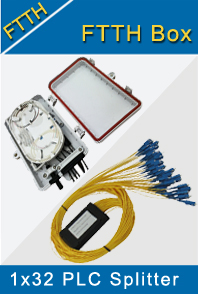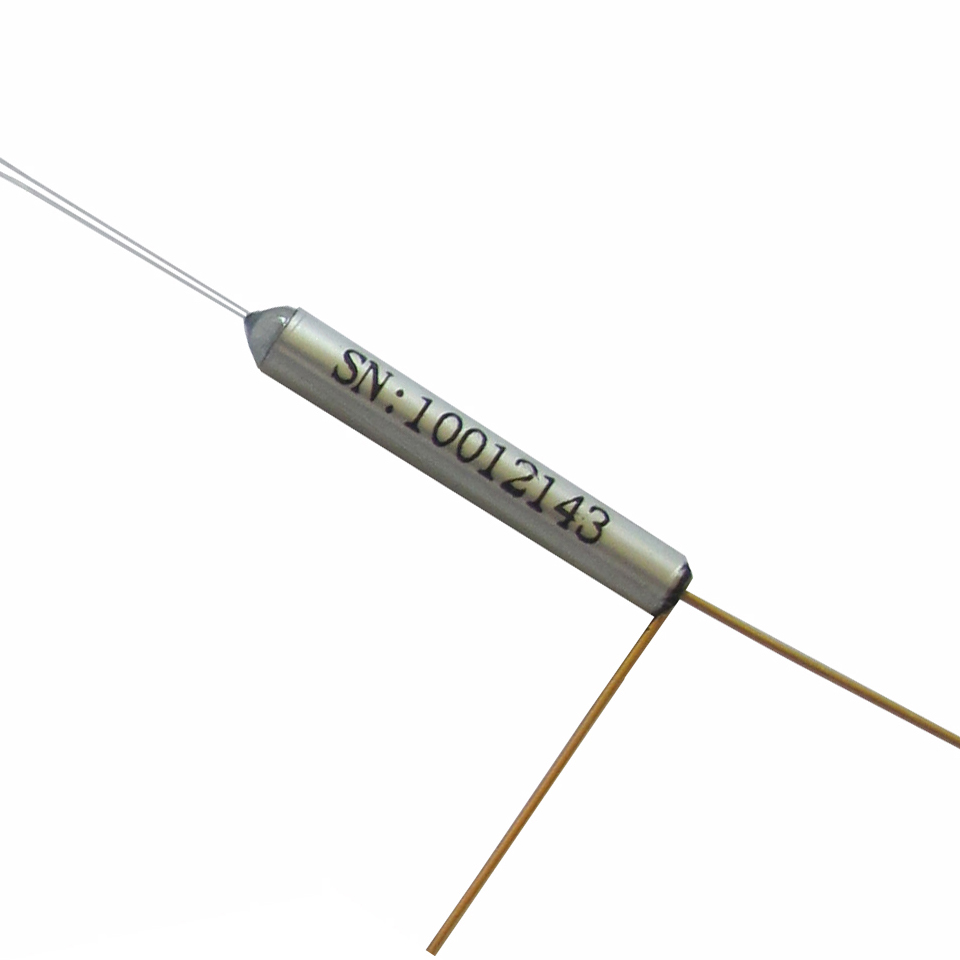-

- Sopto Home
-

- Special Topic
-

- FTTH Knowledge
-

- Types of Photodetectors
FTTH Knowledge
- Solving the FTTH Rollout Problem in Multiple Dwelling Units
- WDM PON Introduction FAQ
- A Simple Overview of Optical Power Meter
- ODN is based on PON FTTH Optical Cable Network of the Device
- Using an OTDR to be an Expert in Fiber Link Testing
- How FTTH Broadband Works?
- Connections among Fiber Terminal Boxes & Patch Cables & Pigtails
- Easy to Install a Fiber Terminal Box
- What is Arrayed Waveguide Grating?
SOPTO Special Topic
Certificate



Guarantee
Except products belongs to Bargain Shop section, all products are warranted by SOPTO only to purchasers for resale or for use in business or original equipment manufacturer, against defects in workmanship or materials under normal use (consumables, normal tear and wear excluded) for one year after date of purchase from SOPTO, unless otherwise stated...
Return Policies
Defective products will be accepted for exchange, at our discretion, within 14 days from receipt. Buyer might be requested to return the defective products to SOPTO for verification or authorized service location, as SOPTO designated, shipping costs prepaid. .....
Applications

Sopto supply the best FTTH solutions for your network!
SOPTO Products
- Fiber Optic Transceiver Module
- High Speed Cable
- Fiber Optical Cable
- Fiber Optical Patch Cords
- Splitter CWDM DWDM
- PON Solution
- FTTH Box ODF Closure
- PCI-E Network Card
- Network Cables
- Fiber Optical Adapter
- Fiber Optical Attenuator
- Fiber Media Converter
- PDH Multiplexers
- Protocol Converter
- Digital Video Multiplexer
- Fiber Optical Tools
- Compatible
Related Products
Performance Feature
FTTH Knowledge
Recommended

Types of Photodetectors
Photodetectors are devices used for the detection of light – in most cases of optical powers. As the requirements for applications vary considerably, there are many types of photodetectors which may be appropriate in a particular case:
- Photodiodes are semiconductor devices with a p–n junction or p–i–n structure (i = intrinsic material) (→ p–i–n photodiodes), where light is absorbed in a depletion region and generates a photocurrent. Such devices can be very compact, fast, highly linear, and exhibit a high quantum efficiency (i.e., generate nearly one electron per incident photon) and a high dynamic range, provided that they are operated in combination with suitable electronics. A particularly sensitive type is that of avalanche photodiodes, which are sometimes used even for photon counting.
- Metal–semiconductor–metal (MSM) photodetectors contain two Schottky contacts instead of a p–n junction. They are potentially faster than photodiodes, with bandwidths up to hundreds of gigahertz.
- Phototransistors are similar to photodiodes, but exploit internal amplification of the photocurrent. They are less frequently used than photodiodes.
- Photoresistors are also based on certain semiconductors, e.g. cadmium sulfide (CdS). They are cheaper than photodiodes, but they are fairly slow, are not very sensitive, and exhibit a strongly nonlinear response.
- Photomultipliers are based on vacuum tubes. They can exhibit the combination of an extremely high sensitivity (even for photon counting) with a high speed. However, they are expensive, bulky, and need a high operating voltage.
- Pyroelectric photodetectors exploit a pyroelectric voltage pulse generated in a nonlinear crystal (e.g. LiTaO3) when heated by absorption of a light pulse on an absorbing coating on the crystal. They are often used for measurement of microjoule pulse energies from Q-switched lasers.
- Thermal detectors (power meters) measure a temperature rise caused by the absorption of light. Such detectors can be very robust and be used for the measurement of very high laser powers, but exhibit a low sensitivity, moderate linearity, and relatively small dynamic range.
- Research is performed on novel photodetectors based on carbon nanotubes (CNT) and graphene, which can offer a very broad wavelength range and a very fast response. Ways for integrating such devices into optoelectronic chips are explored.
For more info, please browse our website.




